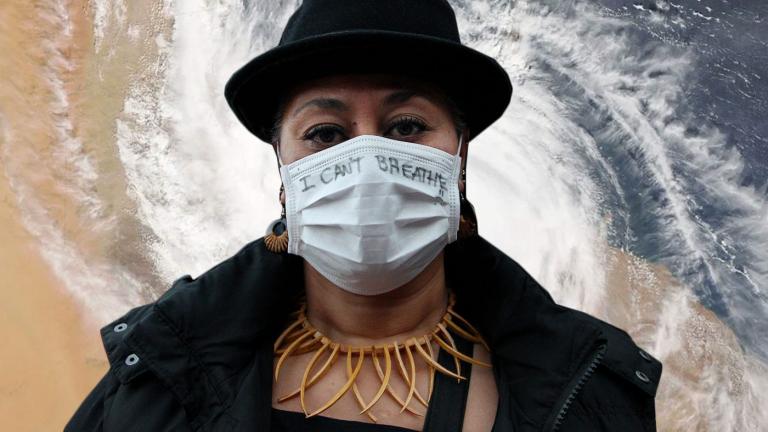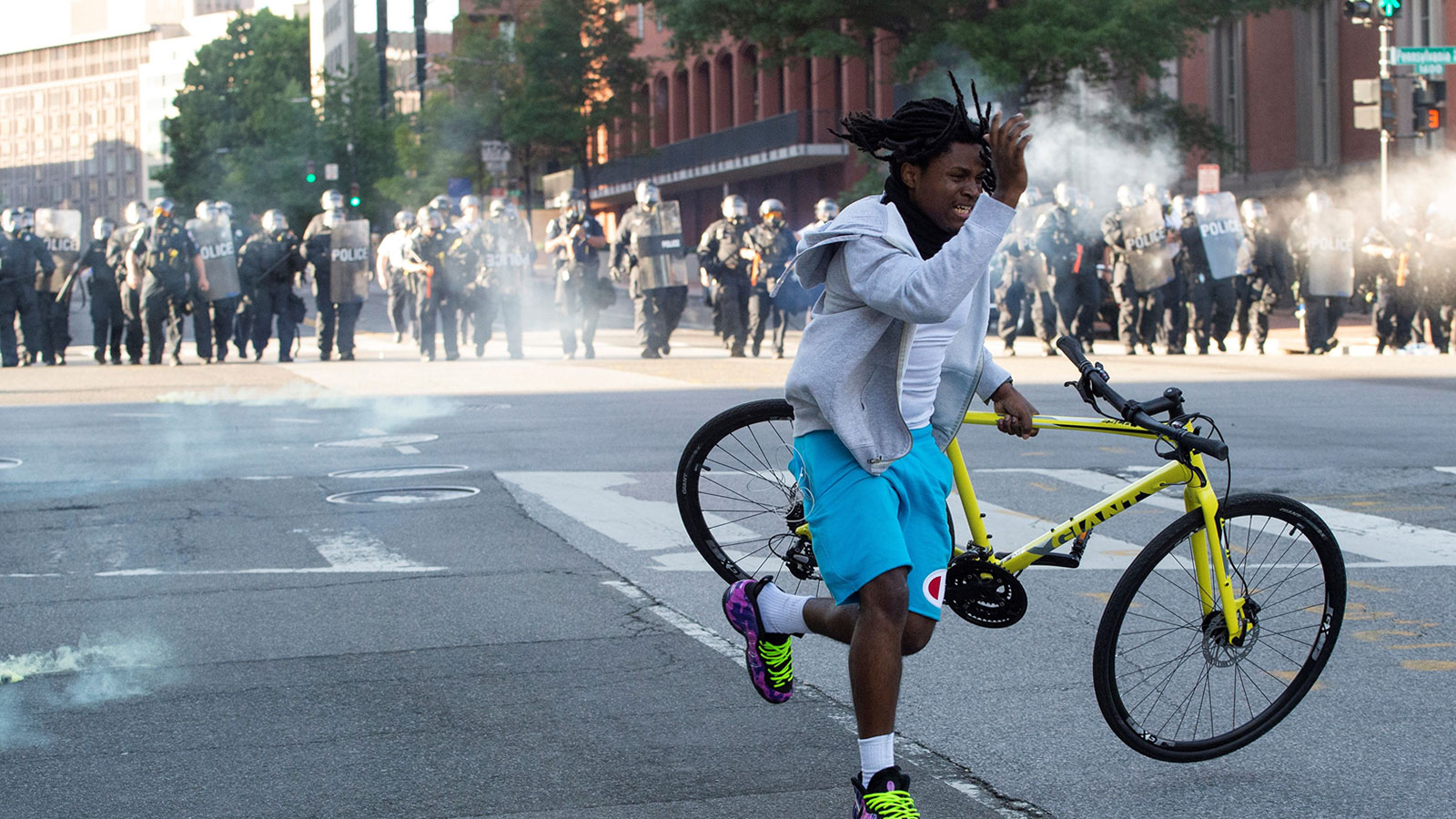As people fill city streets in protests set off by the killing of George Floyd, a 46-year-old black man, at the hands of the Minneapolis police, law enforcement officers across the country are increasingly meeting them with tear gas — even as doctors and researchers warn that those exposed to the substance might be more likely to contract COVID-19.
“I’m very concerned in the current situation around COVID-19 that people who are exposed to tear gas may be more at risk of getting infected and developing serious complications,” said Sven-Eric Jordt, a professor of anesthesiology at Duke University who studies chemical exposure.
Even though the use of tear gas has been on the rise in recent years — riot police in Turkey, Egypt, and Hong Kong have used it to suppress protestors calling for democratic reforms — the research on its health effects remains thin. Tear gas was banned for use in warfare by the 1993 Chemical Weapons Convention, but there’s no law to stop governments from using it on their own citizens.
Tear gas isn’t actually a gas. It’s a collection of chemicals in a pressurized powder. (Jordt believes that it should more accurately be called “pain gas” or “nerve gas,” as it targets the body’s nervous system.) The most common types of tear gas are CS gas, a chemical manufactured in the 1950s and 1960s for use in riot control, and pepper spray, which is isolated from chili peppers. Exposure to those chemicals can cause rashes and short-term burning sensations in the eyes, nose, throat, and lungs. Those chemicals have also been linked to more serious and chronic problems, including asthma, nerve damage, and lung injuries.
In the middle of the COVID-19 pandemic, experts are especially concerned that tear gas could weaken the body’s defenses against infection. Exposure to the painful, burning fumes diminishes the layer of mucus in the nose, mouth, and lungs that serves as a barrier against viruses and other pathogens.
“When you hit somebody with tear gas, you decimate that first defense system,” said Peter Chin-Hong, a professor of infectious disease at the University of California, San Francisco, who signed an open letter with over 1,000 other medical professionals opposing the use of tear gas against protestors. “You make it more raw and get a lot of inflammation. It’s just very easy to get infections of all kinds.”
Jordt said he’s shocked by how police have escalated the use of tear gas worldwide, even though little is known about its health effects. Police departments use it on the assumption that it only causes short-term effects — but most of the research relied on to prove tear gas’s supposed safety “is from the 1950s and 60s, and usually done short-term on healthy individuals, like policemen or armed forces personnel,” Jordt said. One oft-cited study from 1972 only included 35 healthy male volunteers, ignoring potential effects on women, the elderly, or those with pre-existing conditions.
What little research there is suggests that effects may last for longer than expected. In Turkey, widespread deployment of tear gas in Istanbul and Ankara in 2013 led to coughing and breathing difficulties among protestors that sometimes lasted for weeks after exposure. In a U.S. Army study from 2014, recruits exposed to tear gas were 2.5 times more likely to develop acute respiratory illnesses such as the flu, pneumonia, or the common cold.
Chin-Hong said another concern is that a person’s immediate reaction to exposure — coughing, gagging, rubbing eyes and face — could make it more likely that asymptomatic carriers of the coronavirus spread it to those around them. “They’re not only coughing, they’re probably screaming,” he said. “They’re screaming, and they’re going to project that virus even beyond six feet.”
To make matters worse, black and Latino Americans are more likely to live near sources of air pollution that can cause higher rates of asthma, heart disease, and other underlying conditions that make COVID-19 more deadly. According to recent, unpublished research from the Harvard School of Public Health, neighborhoods with more particulate matter pollution have seen a higher rate of coronavirus deaths.
And Jordt said that people with asthma or respiratory problems have a “high risk of developing complications” from tear gas. In small case studies from U.S. prisons, people with underlying conditions sometimes developed heart attacks or asthma attacks from exposure to tear gas. Others died.
For black Americans, the death rate from COVID-19 is already three times higher than for the rest of the nation. As demonstrations continue, tear gas, the coronavirus, and a vulnerable population could prove to be a deadly combination. “It’s a recipe for disaster,” Jordt said.




